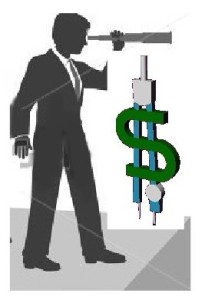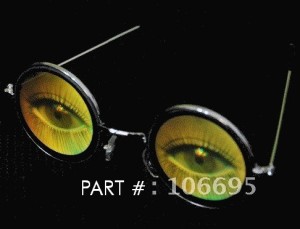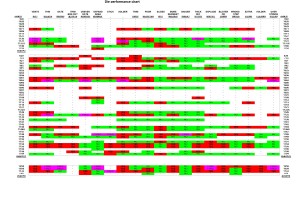You can put up with the monotony of manufacturing when you are making a profit, but it becomes a hammering pain when competition pushes you into a loss. The good news is that lean thinking can save you. Shigeo Shingo saw the same opportunity when he reviewed the Toyota Production System. “People had resigned themselves to certain problems, had become hostage to routine and had abandoned the practice of problem solving” A Study of the Toyota Production System Shigeo Shingo Productivity Press 1989
Why does manufacturing seem to accumulate so many unsolved problems? The Toyota Production System uses the “Andon Cord” to stop production until the problems are fixed. The “Andon Cord” strategy is based on being able to implement permanent corrective action in a day or two. Unfortunately serious manufacturing problems usually take months to solve. The temporary mitigations such as sorting, rework, non-standard operations, off-standard long cycles etc are repetitively turned into business as usual. Even Shingo had no solutions and recommended we only use bending and forming for manufacturing.
How do you get off of this treadmill? Most of your operators would like to be a part of solving their pesky problems. The exciting news is that their eyeballs can be put to good use.
Measurement is a key element in the kaizen process. The front line operators on all shifts can be trained to classify the problems that they see. We are aware that production operators are not rocket scientists. Yes and no questions work best. Enlisting front line eyeballs trained to classify problems is a real eye opener.
Where do I start? As the chart I used for tracking an actual manufacturing plant turn-around shows below, it is unnecessary to look at every job. Instead, use a triage. Apply the 80/20 rule to your jobs. Add high volume “problem children” jobs to the list of jobs to tackle first. Complete your initial target list by adding those jobs that are associated with tooling or equipment rebuilds that are already planned. Pick up a correction in the second and third groups only when it’s easy to do.
Help! There are too many problems to fix. Prado Analysis teaches us that every problem has multiple causes. If we succeed at fixing the largest contributor, according to the theory half of the problem goes away. Normally technical talent is needed to choose which problems to attack. In the example below, solving less than 30 of the process deficiencies changed a 2 million annual loss into a 5 million annual profit. On the chart below, it’s not necessary to be able to read every word, instead it’s important to know that the purple represents the problems that were in the first group and got fixed. The Red represents items that could be better than they are and will be addressed when we see an affordable way to do so. The green are things that were working fine and didn’t need fixing.
When you are up to your ass in alligators it is hard to remember that you are draining the swamp. At the beginning progress will be very slow. As the most important improvements are put in place, the team will start to gather the time and confidence to tackle progressively enough improvements to turn the tide.



